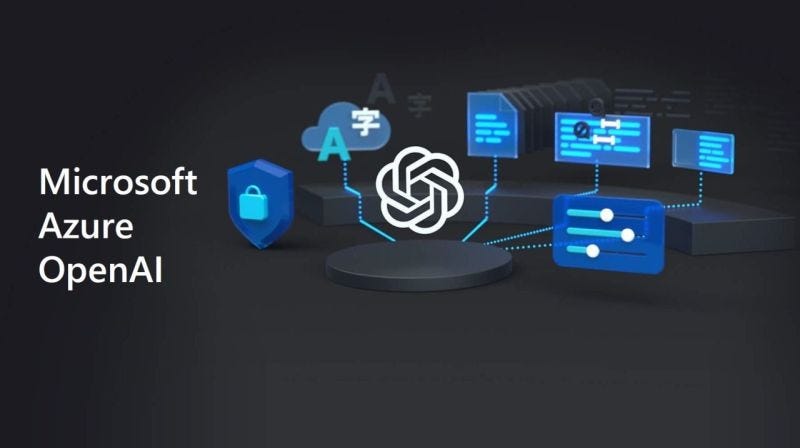In a recent interview at the World Economic Forum in Davos, Microsoft’s CEO, Satya Nadella, shed light on the company’s evolving strategy in artificial intelligence (AI). Amidst the ever-changing landscape of AI technologies and market dynamics, Nadella’s comments have highlighted the intricate partnership between Microsoft and OpenAI and how both companies adapt to a rapidly evolving AI ecosystem.
Microsoft’s commitment to controlling its destiny
Nadella emphasized Microsoft’s commitment to controlling its AI destiny, asserting that its AI products are not limited to a single model. While the conversation highlighted their reliance on OpenAI’s cutting-edge models, such as GPT-4, Microsoft showcased its diverse portfolio of AI models, including Mixtral and Phi.
This diversification strategy makes Microsoft more resilient to market shifts and technological changes, allowing the company to adapt swiftly to evolving customer demands and competitive pressures.
Microsoft’s association with OpenAI began in 2019 when the latter transitioned from a non-profit organization to a capped-profit AI company. This strategic alliance has proven to be mutually beneficial.
Microsoft’s substantial investments have played a pivotal role in OpenAI’s transformation into an AI powerhouse, with an annual revenue exceeding $1 billion and a staggering valuation of approximately $100 billion.
Furthermore, Microsoft’s exclusive access to OpenAI’s state-of-the-art AI models has bolstered its position as a leader in AI product development.
This strategic advantage has elevated Microsoft’s stock value and facilitated its ascent to becoming the world’s most valuable company, surpassing Apple in market capitalization.
The shifting landscape of AI models
The AI landscape has witnessed remarkable changes recently, particularly in Large Language Models (LLMs). Traditionally, LLMs were associated with resource-intensive cloud-based deployments.
However, advancements in open-source models have led to the development of LLMs of varying sizes, some of which rival the capabilities of models like GPT-3.5 and can operate on consumer-grade GPUs. Researchers are also making strides in creating high-performance LLMs capable of running on edge devices like smartphones.
These transformations challenge traditional market dynamics, including companies like OpenAI that primarily offer API-based access to their models.
Microsoft’s forward-thinking approach
In light of these industry shifts, Satya Nadella’s remarks take on added significance. Microsoft is actively decoupling its products from exclusive reliance on OpenAI’s models. The introduction of the Copilot branding indicates this strategy, as it muddies the underlying AI model, which may not necessarily be GPT-4 or other OpenAI models. Additionally, Microsoft has begun exploring on-device language models with its Phi models.
Microsoft’s actions suggest a preparedness to embrace the commoditization of the LLM market and adapt to the impending competition, which is expected to center around pricing rather than performance. Moreover, the rise of open-source LLMs poses a challenge to the exclusivity of models like GPT-4, potentially reducing its competitive advantage.
OpenAI’s strategies for the future
While Microsoft readies itself for the evolving AI landscape, OpenAI also positions itself for the future. The company is building protective moats to guard against market fluctuations and technological disruptions. However, it is important to note that OpenAI remains considerably reliant on Microsoft for its continued success.
The existing partnership between the two companies is asymmetrical, with Microsoft’s diversified approach to AI models providing it with more resilience. OpenAI’s focus on private models served through API access leaves it vulnerable to market shifts that may impact the demand for such models.





